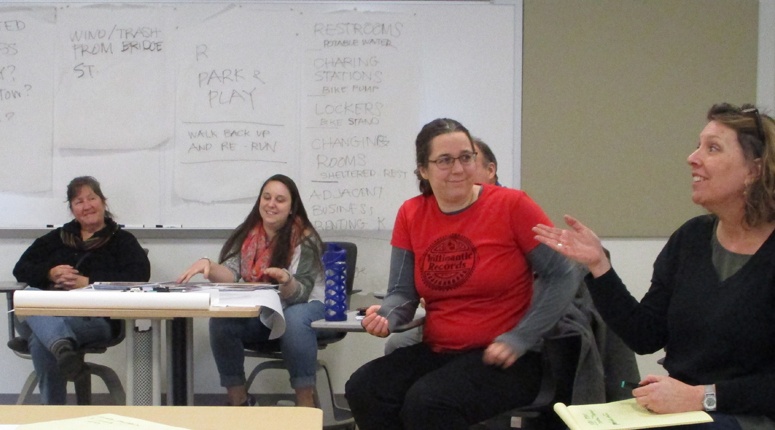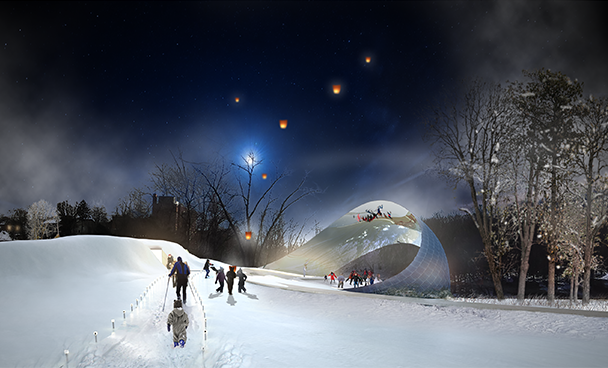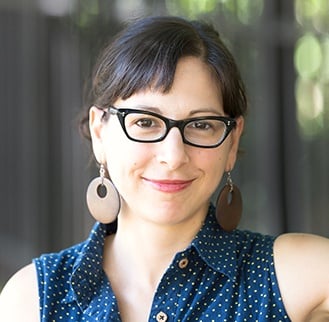I am organizing a summit exploring the intersection of social justice and sustainability in the built environment.
We, as an industry, know how to design healthy and sustainable places, but we need to be better about making these places available to people of all backgrounds. Many of our greenest cities, such as Seattle, Vancouver, and San Francisco, are experiencing environmental gentrification. Investments in green infrastructure increase the desirability of neighborhoods, and eventually, the original residents are priced out. This is especially challenging given the fact that low-income and minority communities are the most in need of green infrastructure. In fact, race is the strongest indicator of exposure to environmental degradation in a community. How do we make sure that the benefits of green investments go to those in need and not just to those that can buy in?
One barrier to effectively serve people of all backgrounds is that the industry doesn’t accurately represent the people it serves. For example, in architecture, women make up only 20% of licensed architects and minorities make up only 9%. The diversity of the profession is slowly improving: 40% of new architects are women and 20% identify as a racial or ethnic minority. Concerted efforts to improve diversity are happening, and we at Pirie Associates have donated 10 scholarships to the summit for people of color in an effort to increase the diversity of the industry.
My planning committee and I identified 5 focus areas: Material Health, Climate Justice, Community Engagement, Resilience, and Affordable Housing. We received presentation submissions on all 5 topics, but the most popular by far was Community Engagement. There is a strong need for meaningful communication with the residents of the communities for which we design. Instead of swooping in and deciding what is best for a community, tapping the knowledge of residents and organizers and involving them in the design process is critical to the project’s success. The community holds the knowledge of what they do and don’t need, and involving them also yields a feeling of ownership and agency over the project that makes them more likely to support and root for the project’s success. It is becoming more apparent that meaningful community engagement does not consist of the status quo series of charrettes with a preselected group of residents. Authentic community engagement is a concerted effort to communicate with project stakeholders of all backgrounds, including those that are not already engaged.
It was not long ago that environmentalism was perceived as an elite preoccupation, disadvantaged communities being more concerned with more immediate challenges. It is becoming more apparent that disadvantaged communities already bear the greatest impact of climate change and pollution. The summit’s keynote speaker, Julian Agyeman, coined the term of ‘just sustainabilities’, defined as ‘the need to ensure a better quality of life for all, now and into the future, in a just and equitable manner, whilst living within the limits of supporting ecosystems.’ In fact, the Green New Deal addresses a just transition by calling ‘to promote justice and equity by stopping current, preventing future, and repairing historic oppression of indigenous communities, communities of color, migrant communities, deindustrialized communities, depopulated rural communities, the poor, low-income workers, women, the elderly, the unhoused, people with disabilities, and youth.’
Sustainability isn’t truly sustainable if it doesn’t address social justice and equity. As a companion to the summit, we put out a survey to share your opinion with those that shape the built environment, about what you think makes a community successful. The most constructive and meaningful quotes will be shared out at the summit. Please consider participating. https://www.nessbe.net/community-survey
Photo by Derek Hayn



